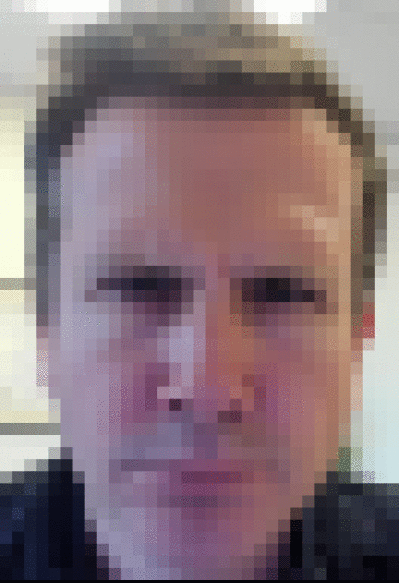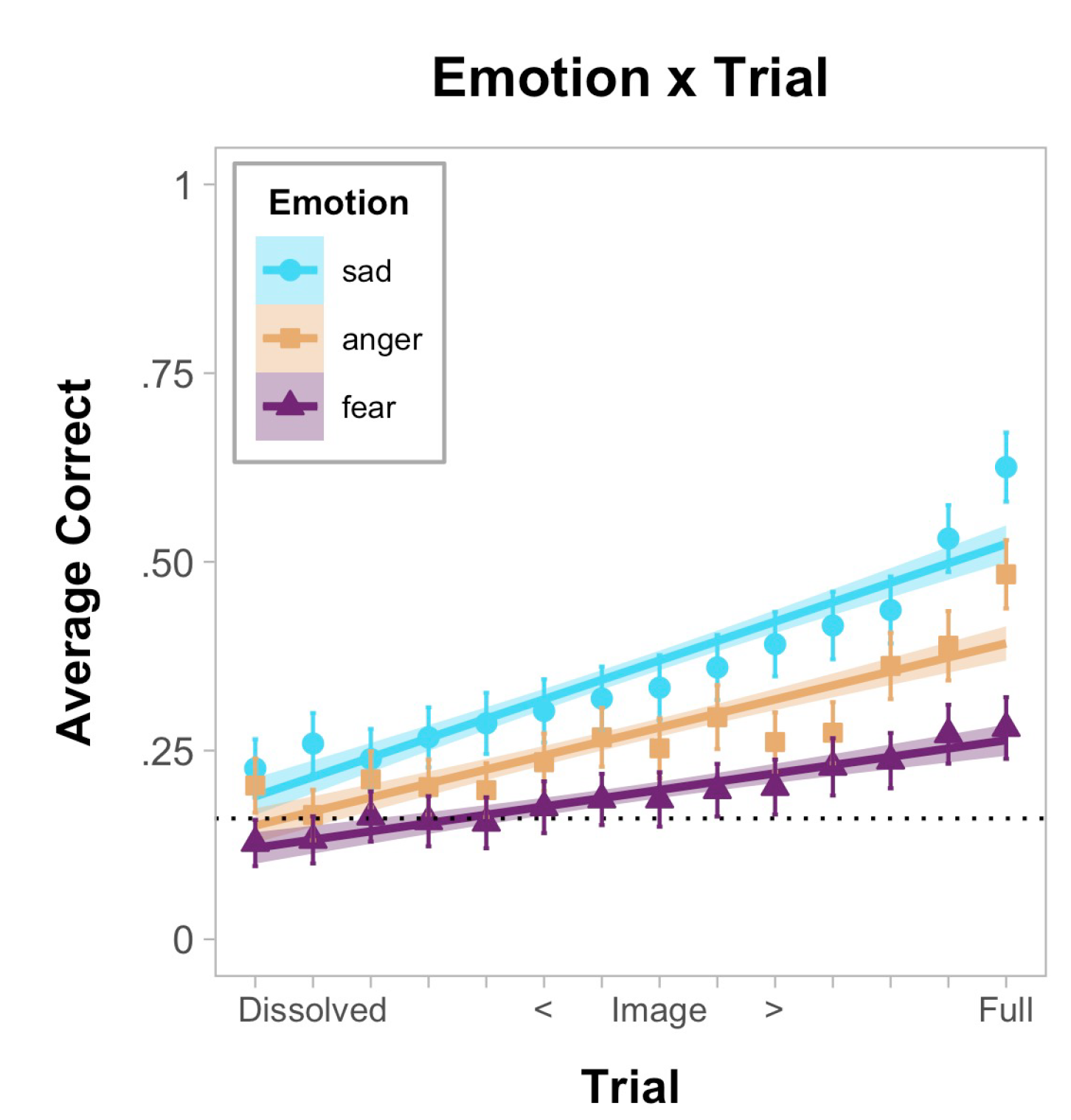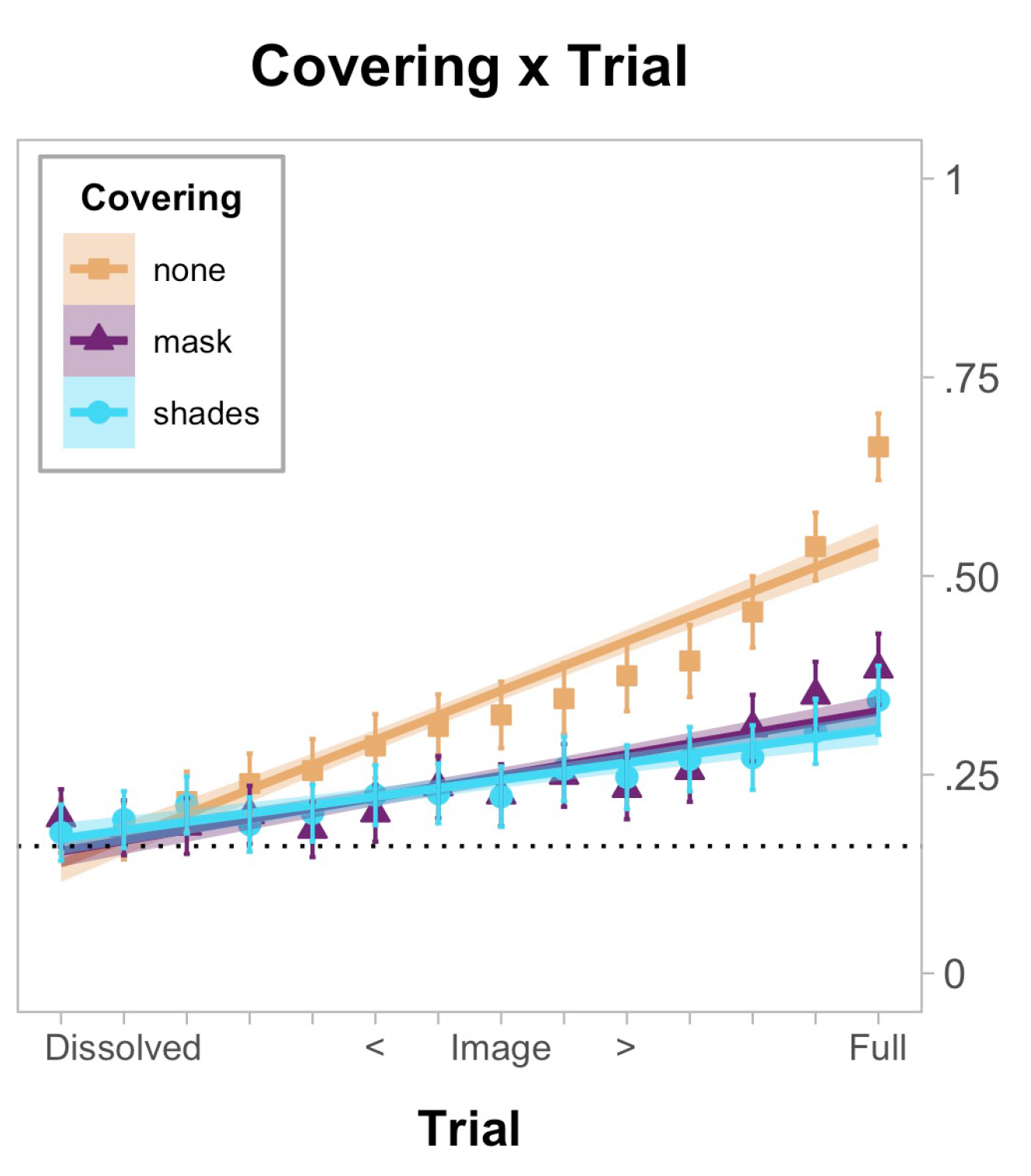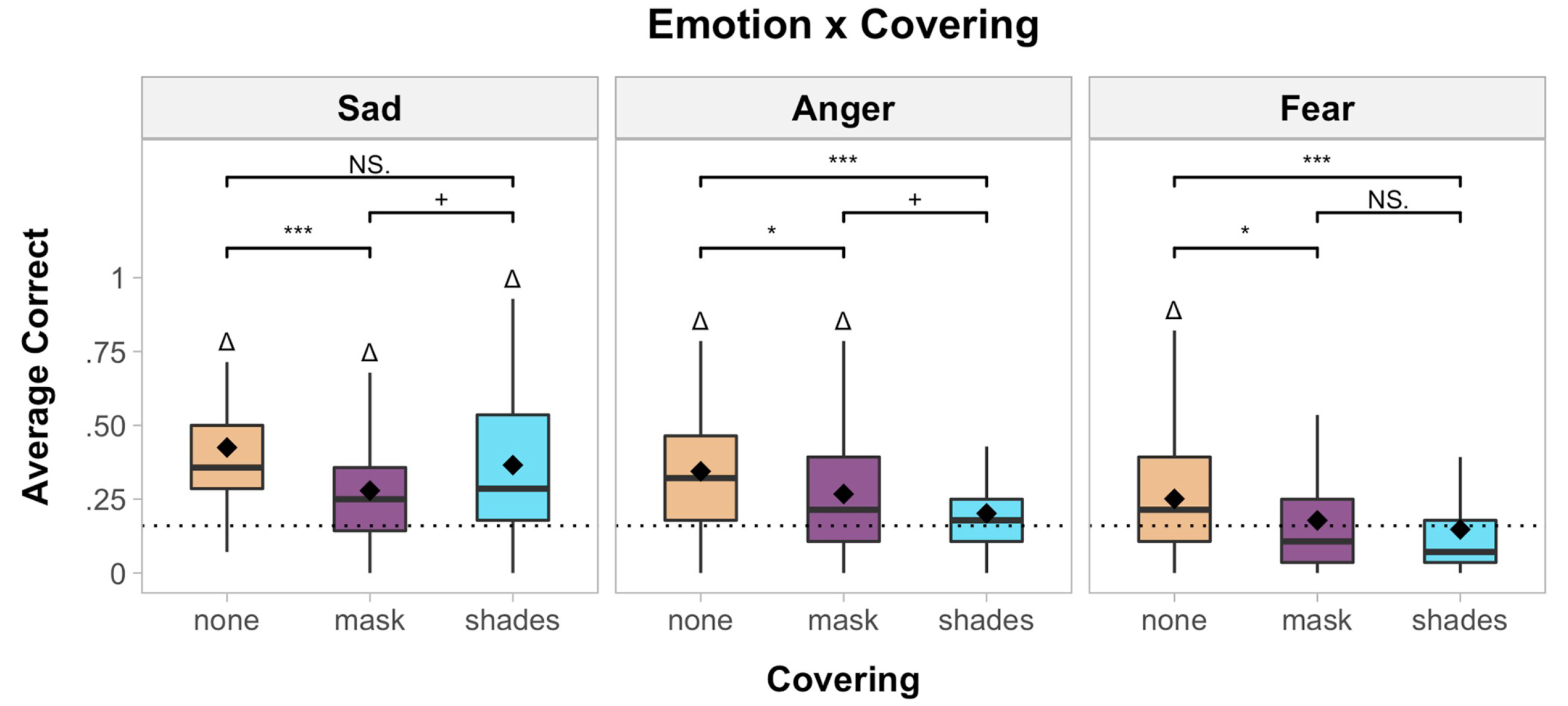Masks May Impair Children's Recognition of Emotion
/The study suggests masks are no worse than sunglasses, but sunglasses are pretty bad too.
This week – masks. We’ve been wearing them for a while and, despite the vaccine rollout, we’ll be wearing them for a while more. Where schools are open in this country, masks are nearly universally the rule, and this has led to some consternation about whether the emotional connection between students and teachers can survive a masked world.
Indeed, Neuroscientist Manfred Spitzer in August wrote “Face masks block the emotional signaling between teachers and students”. He even noted that true smiles can look like frowns if the mouth is covered, making masks more damaging than no emotion at all.
But until now, data on how masks affect kids’ perception of emotion was hard to come by. This week, in PLOS One, a new study teases out just how much masks interfere with emotional signaling.
Here’s how it worked.
I worked way too hard on this.
Eighty-one 7 to 13-year old’s joined the study and were presented with photos expressing various emotions under three states: normal, masked, and wearing sunglasses.
The emotions tested were negative: sadness, anger, and fear – apparently because studies in adults have shown that the eyes are more important than the mouth for conveying these emotions. There’s another wrinkle to the study. The pictures were presented in various stages of blurriness – allowing a bit of a more continuous metric for whether the emotion was described correctly or not.
What you see here is the percent of correct guesses the kids have (the dotted line is chance) based on how blurry the picture was. Not surprisingly, it goes up as the picture gets clearer but I will admit I am surprised that it tops out only around 50%.
When a face covering is there, either shades or a mask, the kids aren’t as good at naming the emotion.
You can break that down by which emotion, and it turns out that it’s particularly hard to read fear when the face is covered – sadness works OK and anger is somewhere in the middle.
How were kids getting it wrong? These heat plots fill you in. With a mask on, kids were reading fear as “surprise”. With shades, kids were reading anger as sadness.
This is all fine, I suppose – but I need to take issue with the main conclusion.
The authors conclude
In other words – kids deal with sunglasses ok, so why are we worried about masks?
We are going to see news reports saying this study shows that masks aren’t harmful for emotional recognition and I just think that’s not true.
Maybe they are just as bad as sunglasses, but I think sunglasses make it hard to communicate with children too – in fact, when I was a camp counselor, we were specifically forbidden from wearing sunglasses for that very reason.
The study also doesn’t look at certain vulnerable kids – kids on the autism spectrum for instance – who might have particular difficulty with mask wearing (or, fine, sunglasses wearing).
And perhaps most importantly, it only looked at three negative emotions: sadness, anger, and fear. I really hope these emotions are not the ones dominating elementary school classrooms.
I am going to continue to worry about kids socialization in an era of mask wearing. And no, I’m not saying that mask-wearing should stop. Protecting kids and teachers from infection is more important right now. But we should be clear-eyed that there is a potential downside here – one that we should be working on now if possible. And when this is all over, we need to be prepared to undo any damage the necessities of the pandemic have wrought.
A version of this commentary first appeared on medscape.com.







